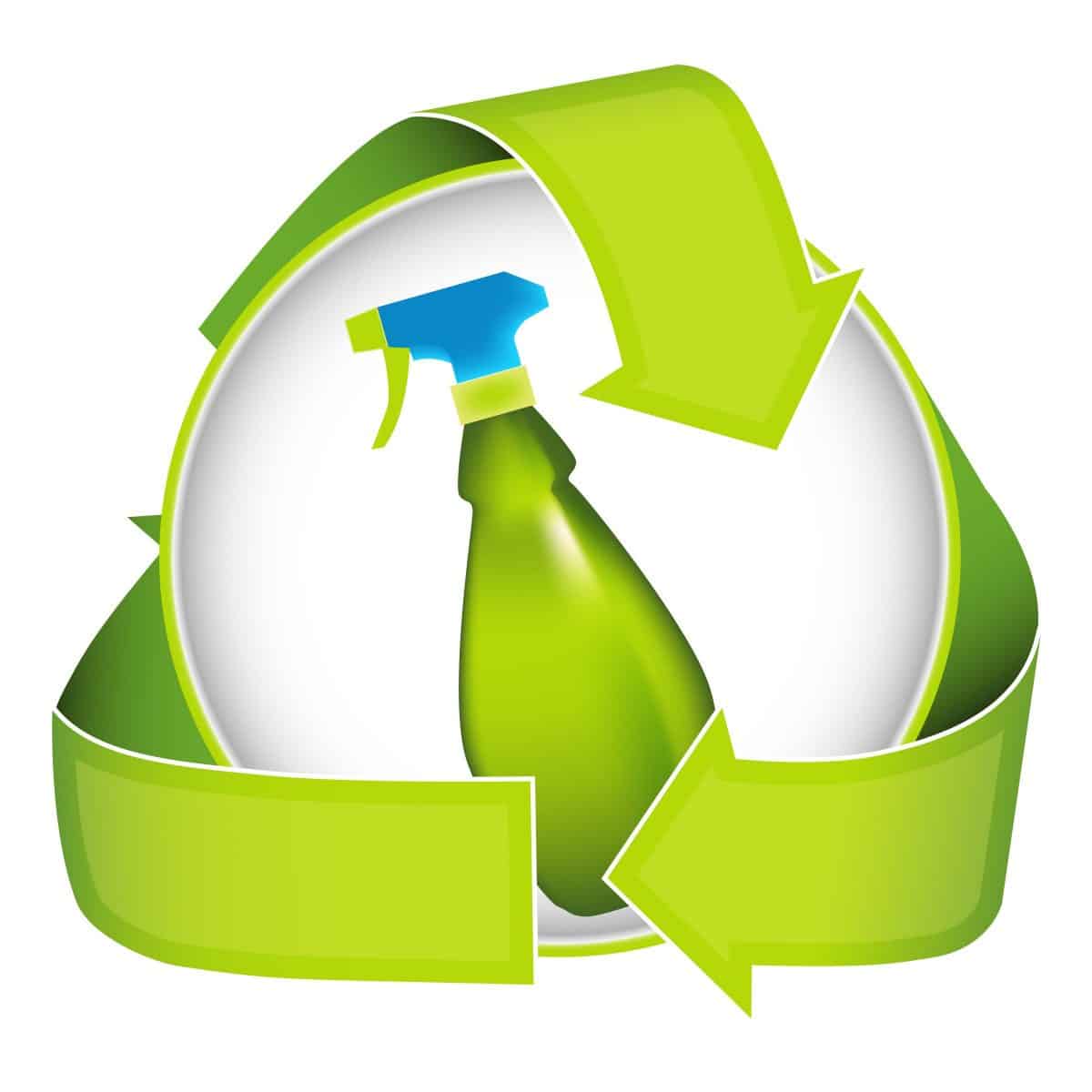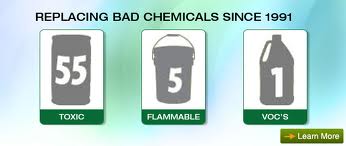Since the Clean Air Act of 1990 was passed and the EPA developed its original list of hazardous air pollutants (HAPs), an increased focus has been placed on the use of dangerous solvents in industrial and commercial settings, where strong cleaning solutions are...












